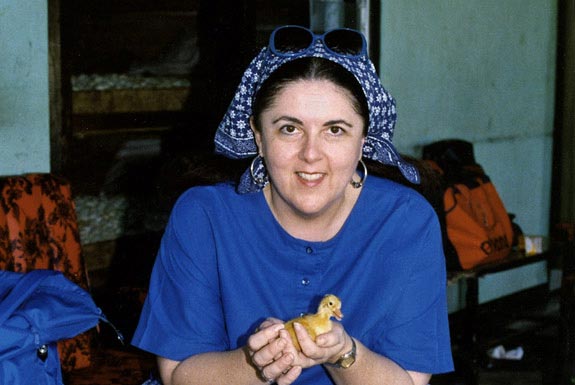Drury professor honored for research on mixed-race families
Springfield News-Leader
Springfield, Missouri
2014-10-12
Kaleigh Jurgensmeyer
Drury University
Dan Livesay, assistant history professor at Drury University, has been named the Sherman Emerging Scholar for 2014. Livesay will travel to the University of North Carolina-Wilmington next week to deliver a public lecture about his research, speak in a graduate class and share his expertise with other scholars.
The Sherman Emerging Scholar award is a national award presented by UNC-Wilmington annually to a promising young scholar. It gives the winner a platform to discuss perspectives, research and approaches to modern issues and theories in history, politics and international affairs.
Livesay’s lecture, titled “Race and the Making of Family in the Atlantic World,” will relate his research about mixed-race families in the 18th century to modern-day debates about race and family in the United States. Growing racial complexities and family belonging were important issues then as now.
“Because I was selected by a committee of historians working on lots of different periods of time and topics, it was very encouraging to discover that my particular research had something of a broad appeal,” Livesay says. “As academics, we can sometimes feel that we are only talking to a very narrow group of people about our research, and so I’m thrilled that I can present it to people from all different walks of life and intellectual interests.”
In total, Livesay spent 10 years researching, writing and revising his work, which is now in the process of being published in book form by UNC Press…
Read the entire article here.
